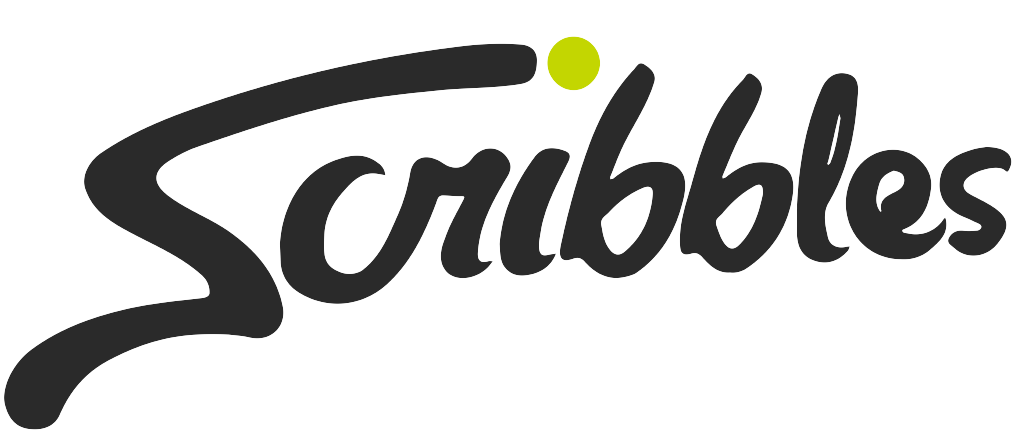Every July, schools and communities across the Philippines come alive with colorful posters, “Pinggang Pinoy” charts, and catchy jingles to celebrate National Nutrition Month. But beyond the themed parades and vegetable costume contests, one question lingers: Do Filipinos still practice those Nutrition Month hacks the rest of the year?
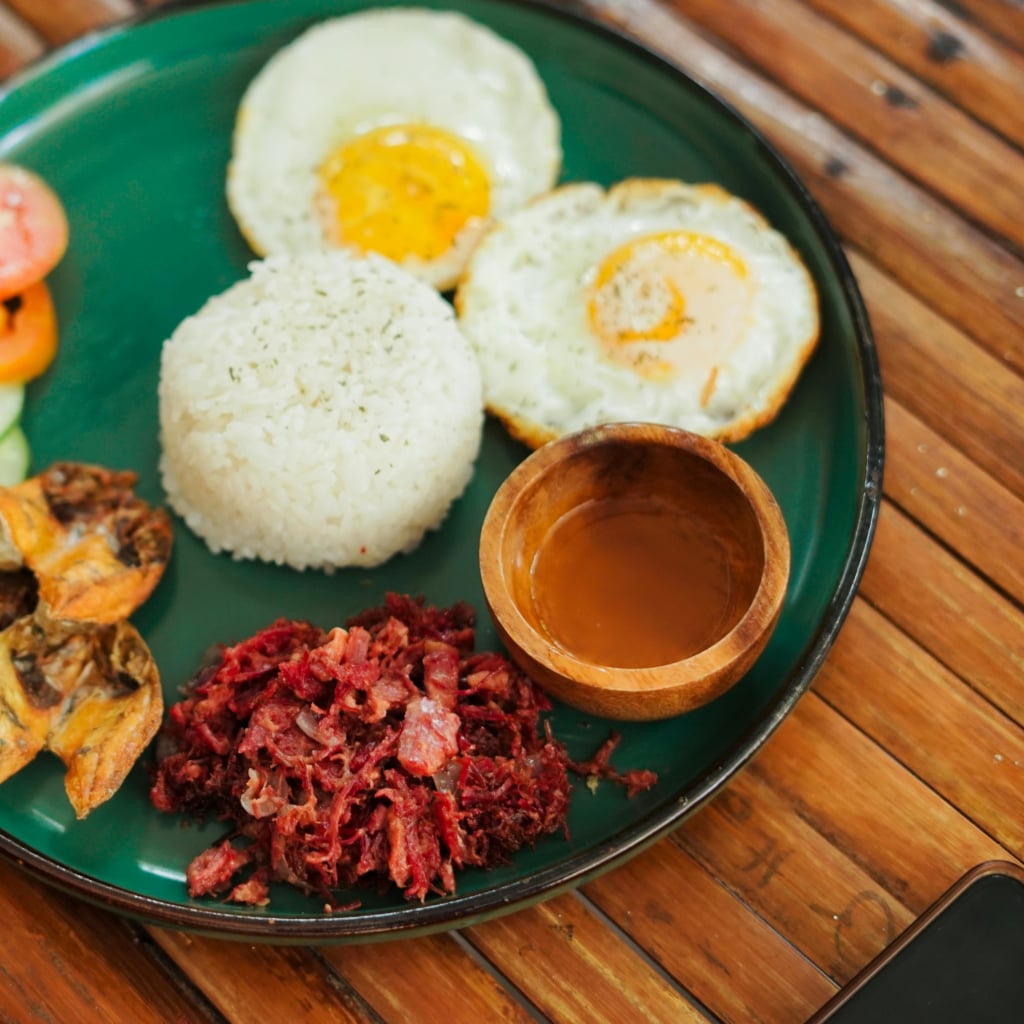
The Short Answer? Yes—but it varies.

Filipinos hold on to some nutrition hacks they’ve learned during Nutrition Month—especially the simple, budget-friendly ones that align with everyday life. However, with changing lifestyles, economic challenges, and the influence of fast food culture, practicing them consistently is a mixed bag. Urbanization, long work hours, and dual-income households reduce meal prep time. Economic constraints can push people towards cheaper, less nutritious options. The pervasive fast-food culture, offering convenience and affordability, also hinders home cooking. Thus, while nutrition knowledge exists, consistent application varies, reflecting the pressures of modern life.
What are “Nutrition Month Hacks,” anyway?
These are the bite-sized health habits taught during Nutrition Month campaigns organized by the National Nutrition Council (NNC). They’re simple, budget-friendly tips we all likely heard growing up:
- Using the Pinggang Pinoy guide for balanced meals
- Drinking 8–10 glasses of water daily
- Swapping junk food for fruits like bananas or papaya
- Practicing “go, grow, glow” food classification
- Avoiding sugary drinks or instant noodles as daily meals
- Doing regular physical activity, even just 30 minutes of walking
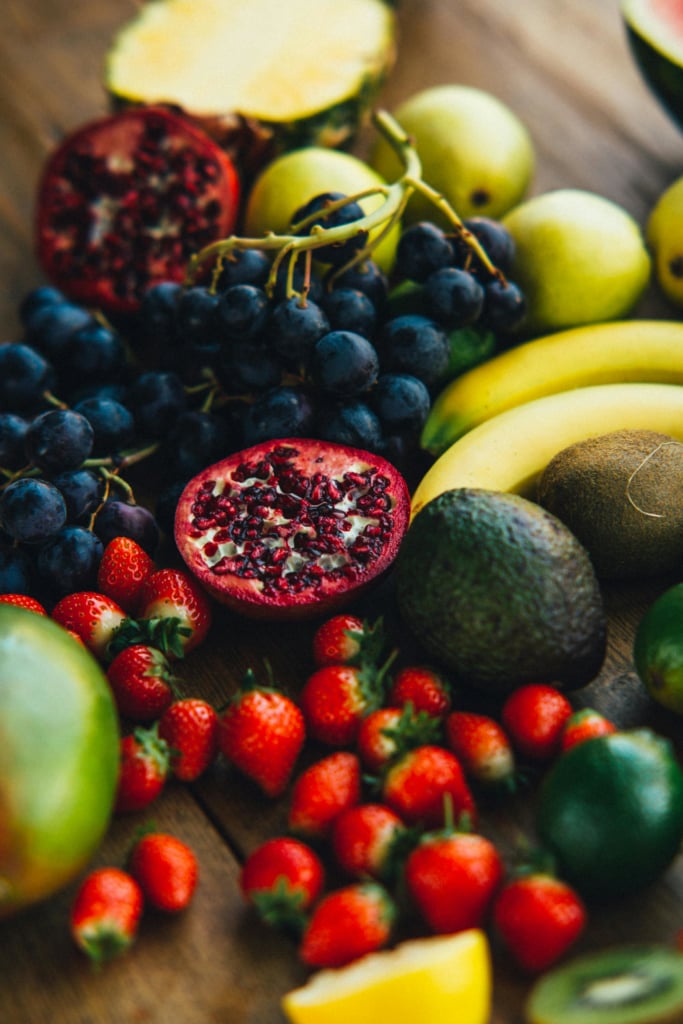
Still Practiced: What Stuck With Us
Good nutrition practices continue to thrive in Filipino society.
✅ Pinggang Pinoy Remains a Cornerstone of Dietary Guidance: “Pinggang Pinoy”—a balanced plate of rice, ulam, and gulay—is a deeply ingrained principle. Barangay health centers and public schools actively promote this concept, educating families and children on nutritious meals, even on a budget. This widespread promotion has led many families to consciously include all three components daily, adapting ingredients to fit their resources.
✅ Healthy Baon: A Mother’s Love, A Child’s Well-being: The emphasis on nutritious school snacks (baon) replaces sugary options with healthier alternatives like boiled eggs and fruit. This fosters healthy eating habits from a young age, providing sustained energy and nutrients for children’s academic performance and growth.
✅ Workplace Wellness: Nurturing Health Beyond the Home: Workplaces increasingly prioritize employee well-being through ongoing mini health drives. Nutrition seminars by professionals and BMI checkups encourage healthy habits, contributing to a more productive and healthier work environment, benefiting both individuals and organizations.
These efforts reflect data from the Expanded National Nutrition Survey, which shows gradual improvements in public awareness of healthy eating, though disparities still exist based on income and location.
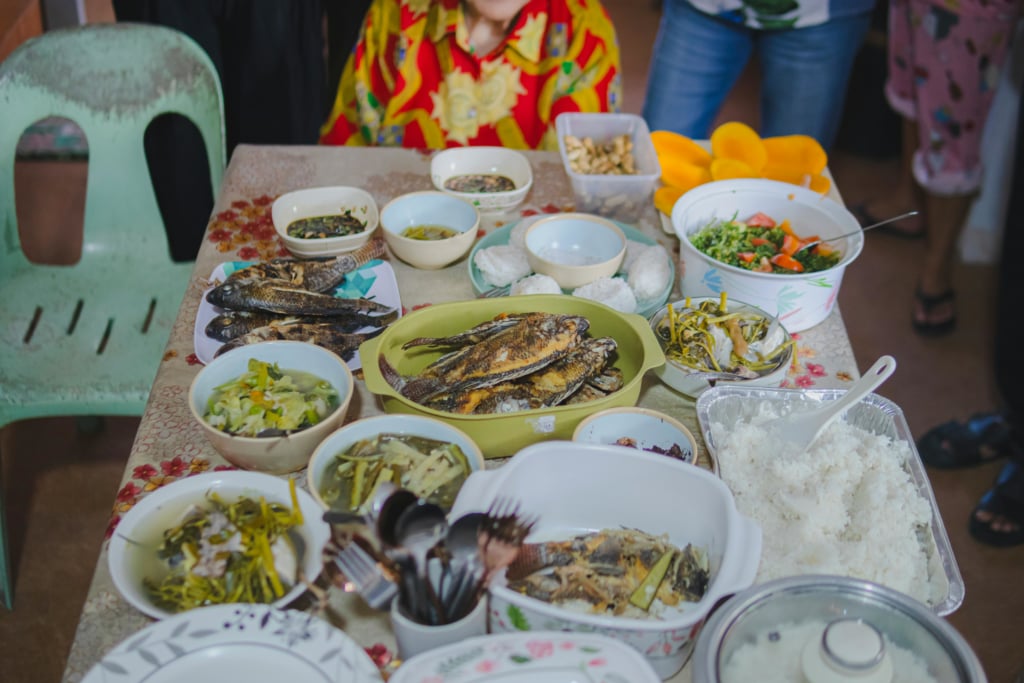
What’s Fading Away
- Reading nutrition labels is still uncommon, especially among busy or low-income households.
- Fast food culture has made processed snacks more accessible than fresh produce.
- Nutrition Month efforts are often school-based, so once kids grow up, many forget the lessons.
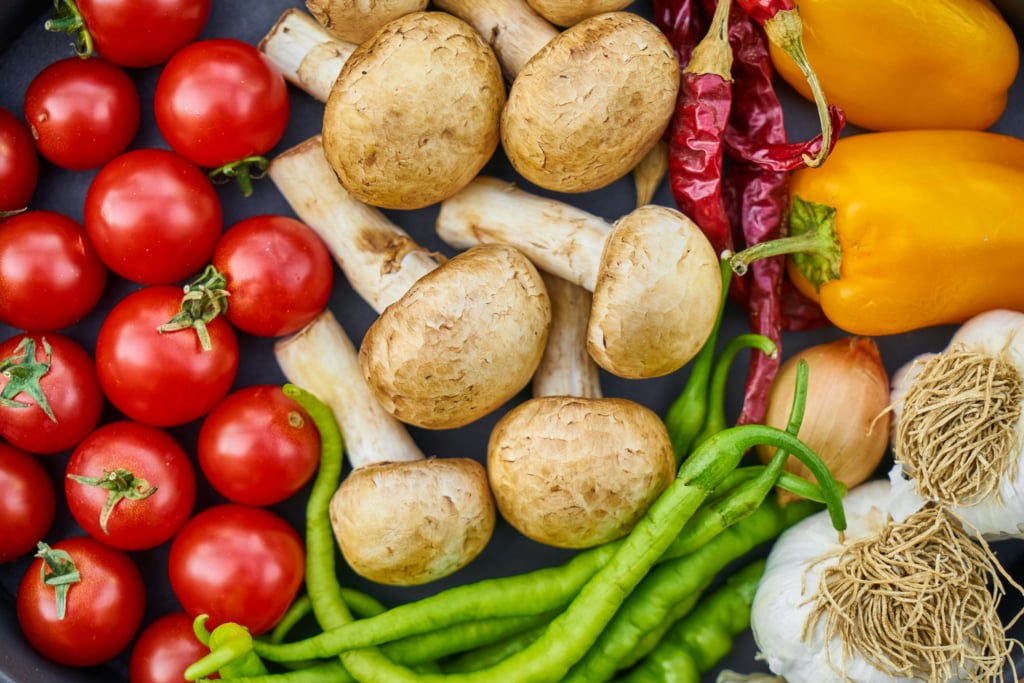
What’s Changing?
Today’s Filipino youth are more health-conscious online than ever before. TikTok, YouTube, and wellness influencers have brought back interest in:
- Meal prepping on a budget
- Plant-based alternatives
- Healthy versions of Pinoy dishes (e.g., adobo with tofu or air-fried lumpia)
- Fitness challenges, like #NoRiceWeek or #WaterOnlyChallenge
So yes, nutrition hacks are evolving, but the spirit of National Nutrition Month is still alive—it’s just more digital, trendy, and personalized now.
Final Thoughts
Nutrition Month isn’t just a school tradition. It’s a reminder that health starts with daily choices, regardless of age or budget. While some habits have faded, many Filipinos still find creative ways to keep wellness within reach, one hack at a time

